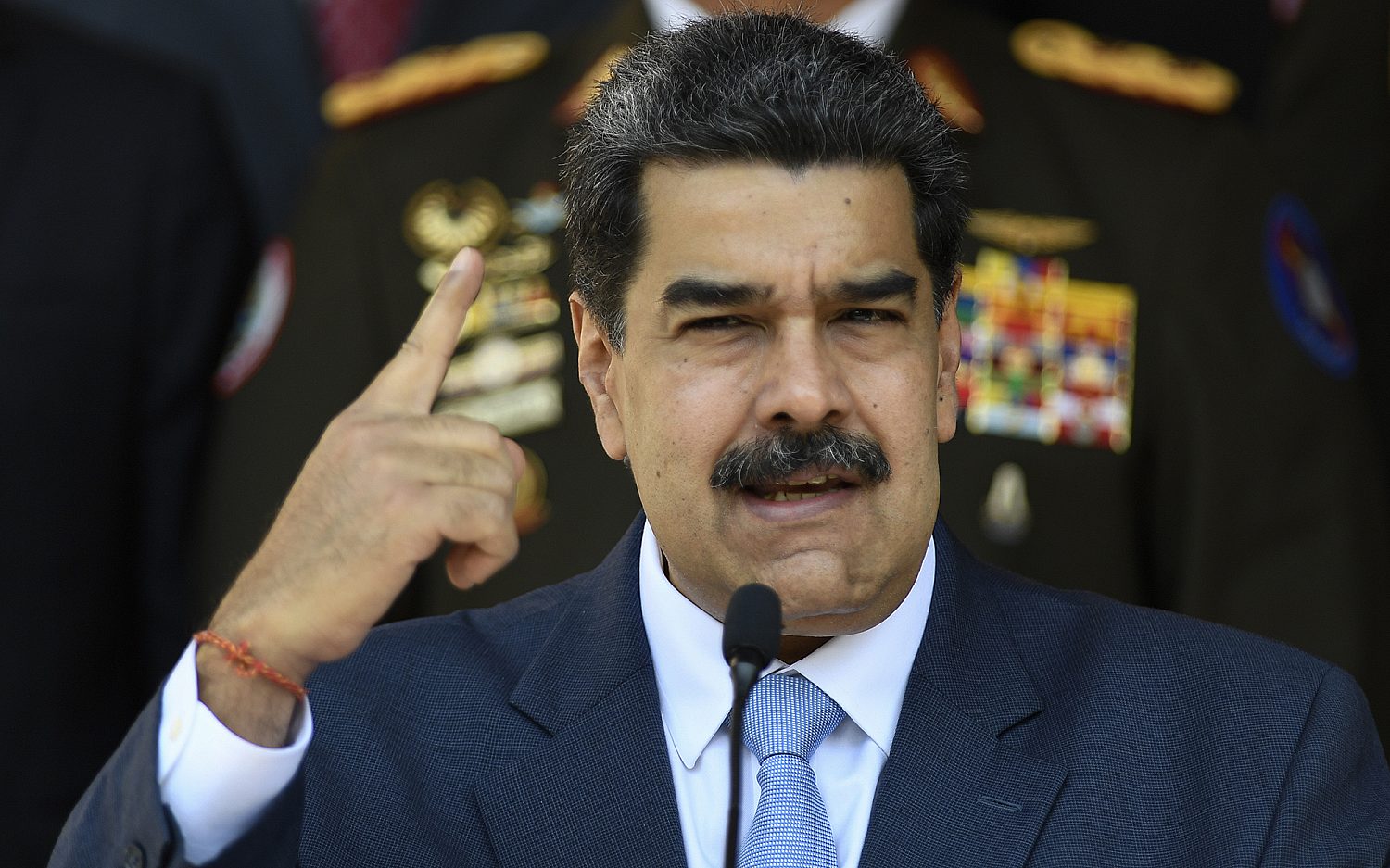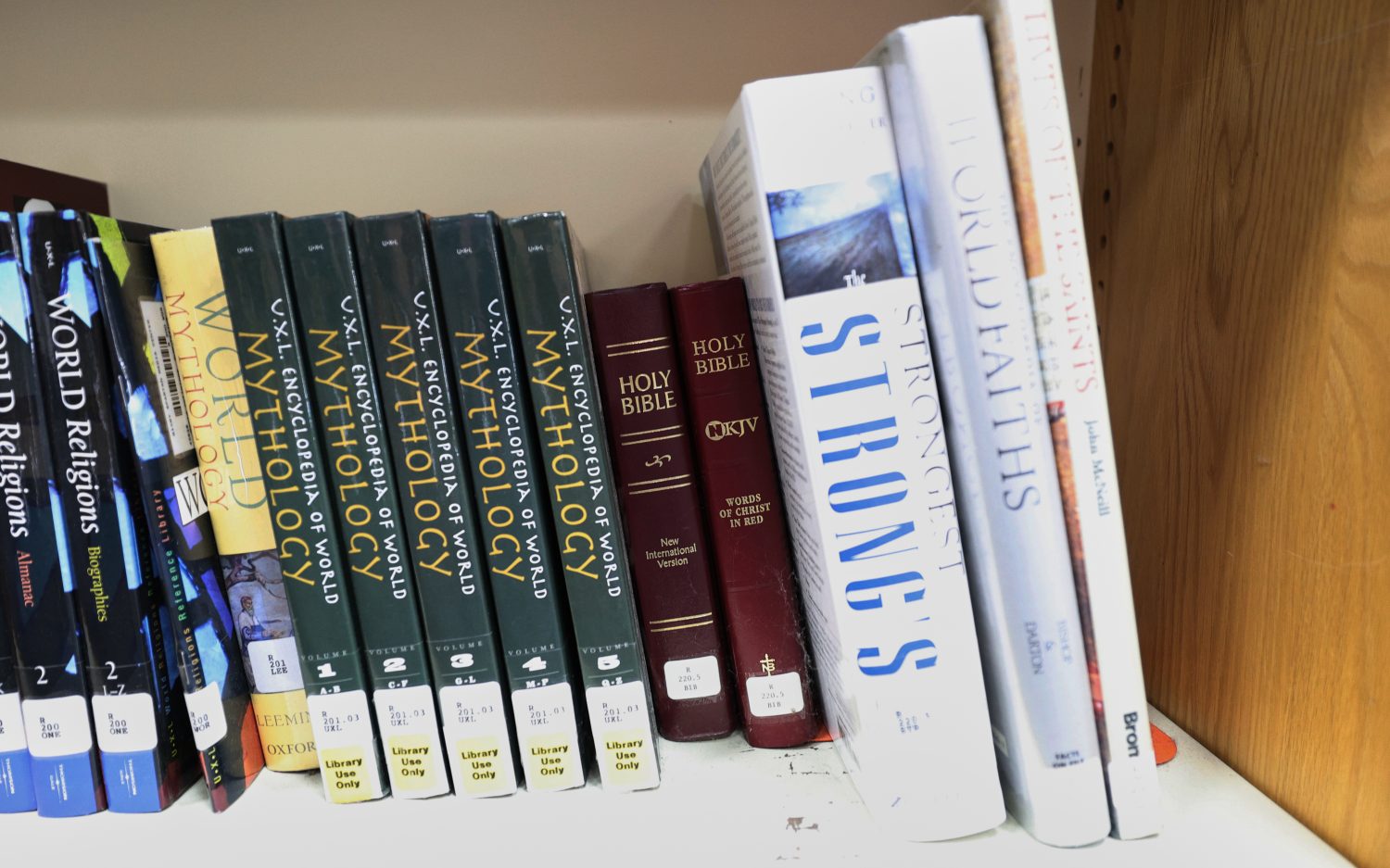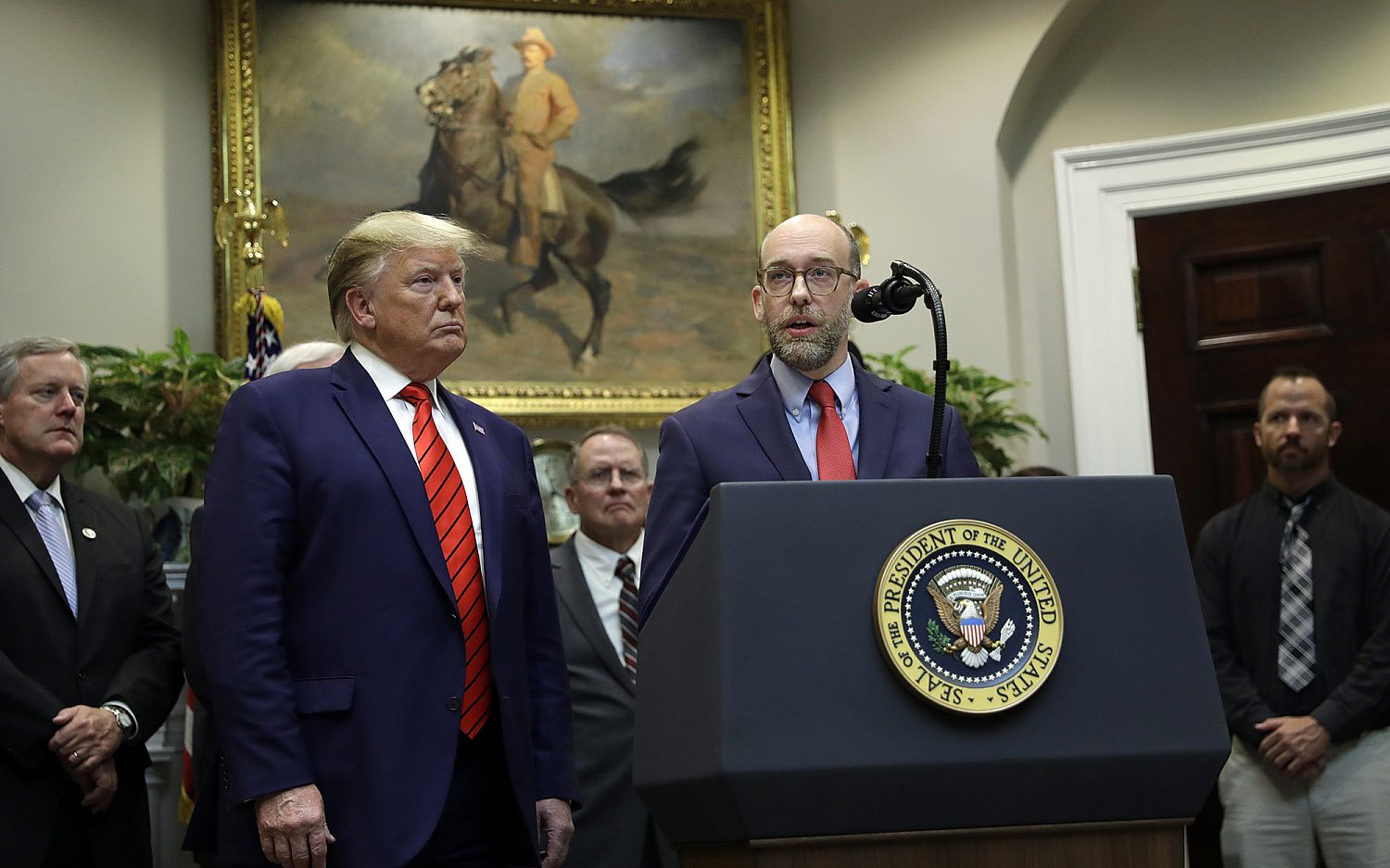Drones could be the farmhands of the 21st century
America’s vast agricultural fields may soon be ready for the burgeoning drone industry.
Interest in the commercial potential of unmanned aircraft is booming, especially as Amazon.com announced its testing of prototype “octocopters” for merchandise delivery. Yet significant concerns about privacy and safety are prolonging development for drone usage in urban areas. Experts point to the agricultural industry as the most promising commercial market for drones because the technology is a perfect fit for large-scale farms and vast rural areas where privacy is less of a concern.
Many farmers believe the technology could revolutionize agriculture by boosting crop health, improving field management practices, reducing costs, and increasing yields. The possibilities are endless: Drones could be used to ward off birds, pollinate trees, do snow surveys to forecast water supply, monitor irrigation, or plant and harvest crops.
Companies and universities are racing to further develop the technology. Oregon State University researchers flew drones this summer over potato fields to monitor for disease. Oregon nurseries have also partnered with researchers to test unmanned technology to count potted trees.
The Federal Aviation Administration (FAA) does not yet allow drones for commercial use, but it published its first “roadmap” for the integration of drones into the national airspace in November. Businesses and researchers can apply for an experimental airworthiness certificate for research and development, flight demonstrations, or crew training. Public agencies such as law enforcement can obtain FAA authorization to operate drones in civil airspace. So far about a dozen sheriffs’, police, and fire departments, as well as U.S. Customs and Border Protection, are using drones.
Idaho farmer Robert Blair isn’t waiting around for federal aviation officials. He and a friend built their own unmanned aircraft, outfitting it with cameras and using it to monitor his 1,500 acres. Blair uses the aircraft—just five feet long from nose to tail and weighing less than ten pounds—to get a birds-eye view of his cows and fields of wheat, peas, barley, and alfalfa.
“It’s a great tool to collect information to make better decisions, and we’re just scratching the surface of what it can do for farmers,” Blair said.
Some farmers fear environmental groups could use drones to spy on them. People for the Ethical Treatment of Animals recently announced plans to purchase drones to monitor factory farms. From his farm in Idaho, Blair thinks the drones will have a more positive environmental impact.
“We’re talking surgical agriculture, which allows us to be more environmentally friendly,” he said, “because we can even be more precise in how we apply fertilizer, water, or pesticides.”
The Associated Press contributed to this report.
An actual newsletter worth subscribing to instead of just a collection of links. —Adam
Sign up to receive The Sift email newsletter each weekday morning for the latest headlines from WORLD’s breaking news team.




Please wait while we load the latest comments...
Comments
Please register, subscribe, or log in to comment on this article.